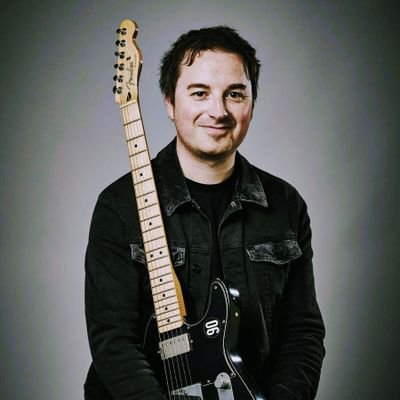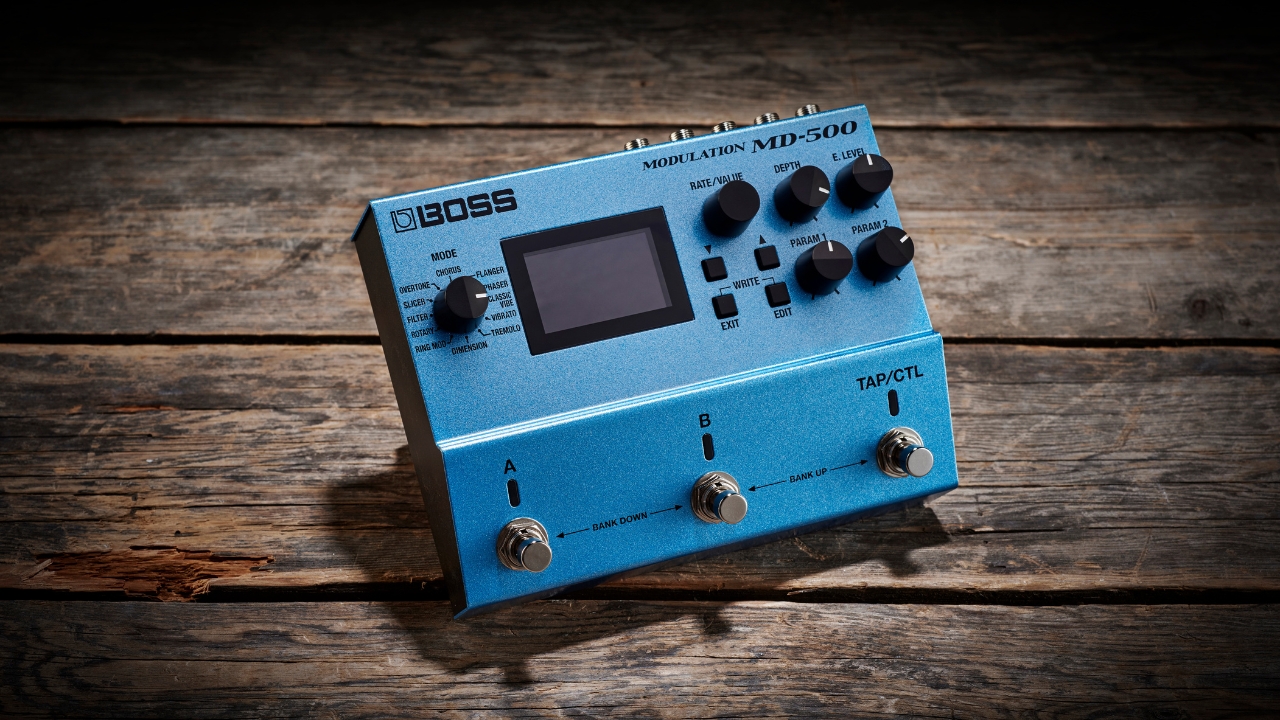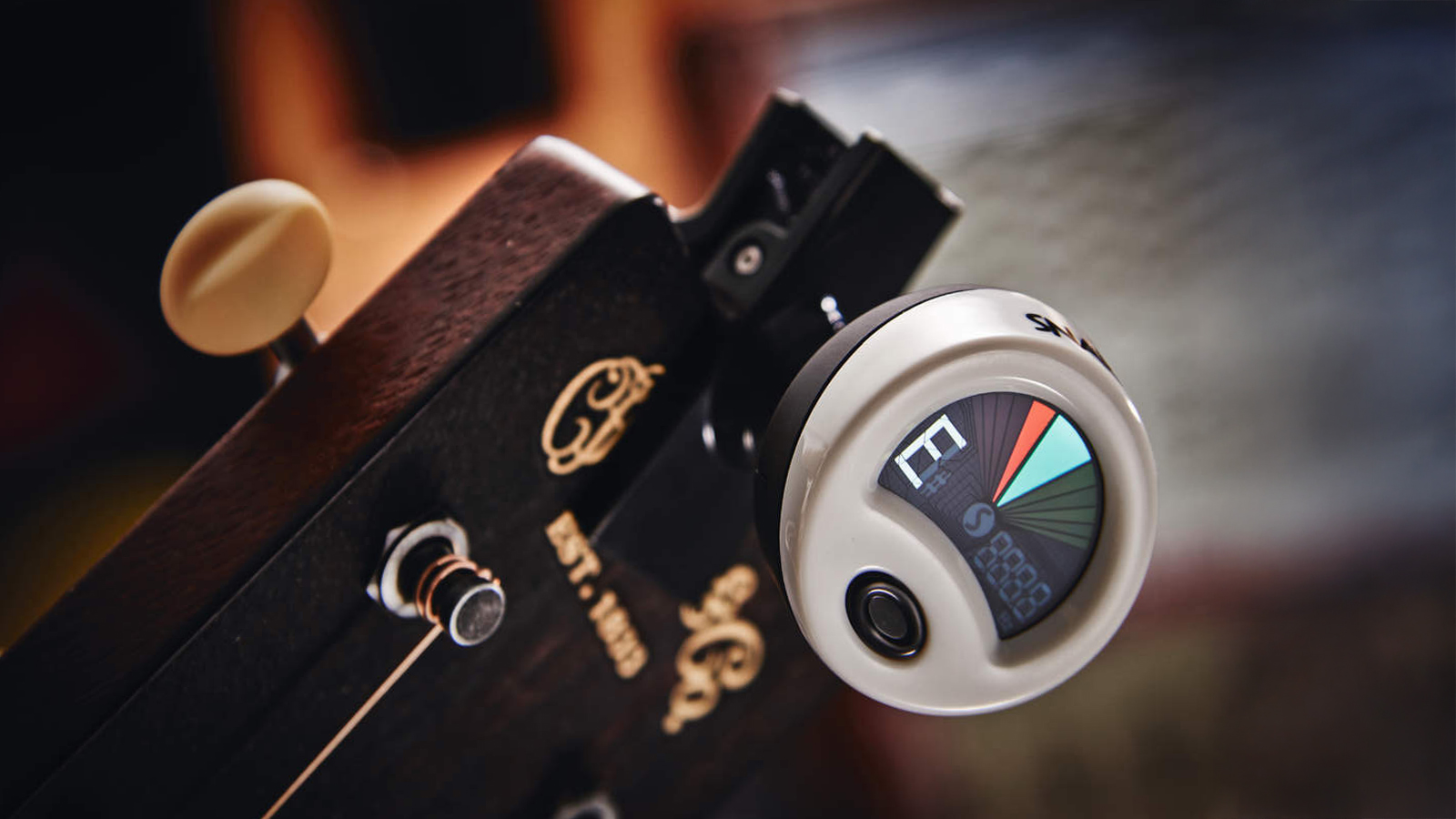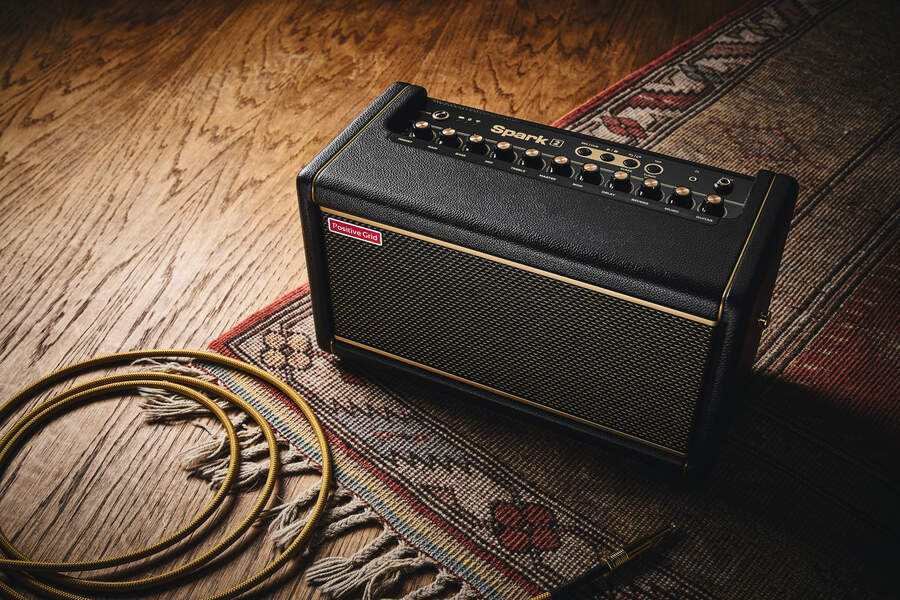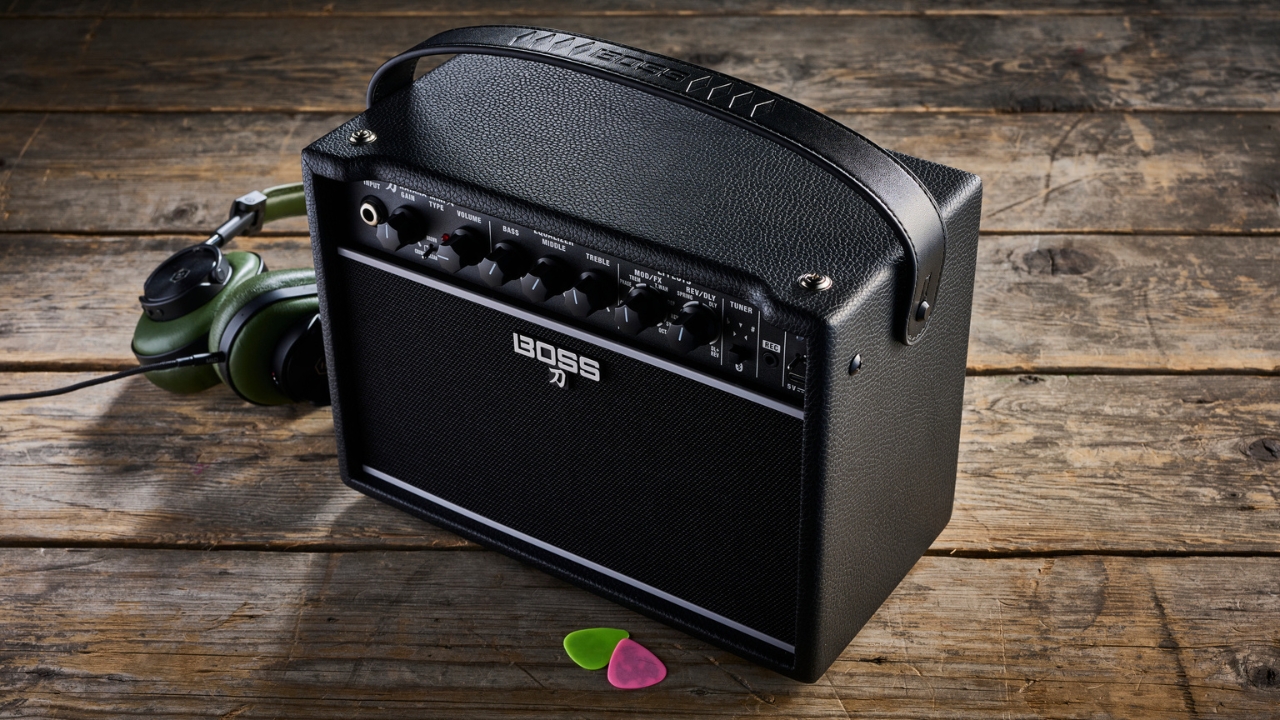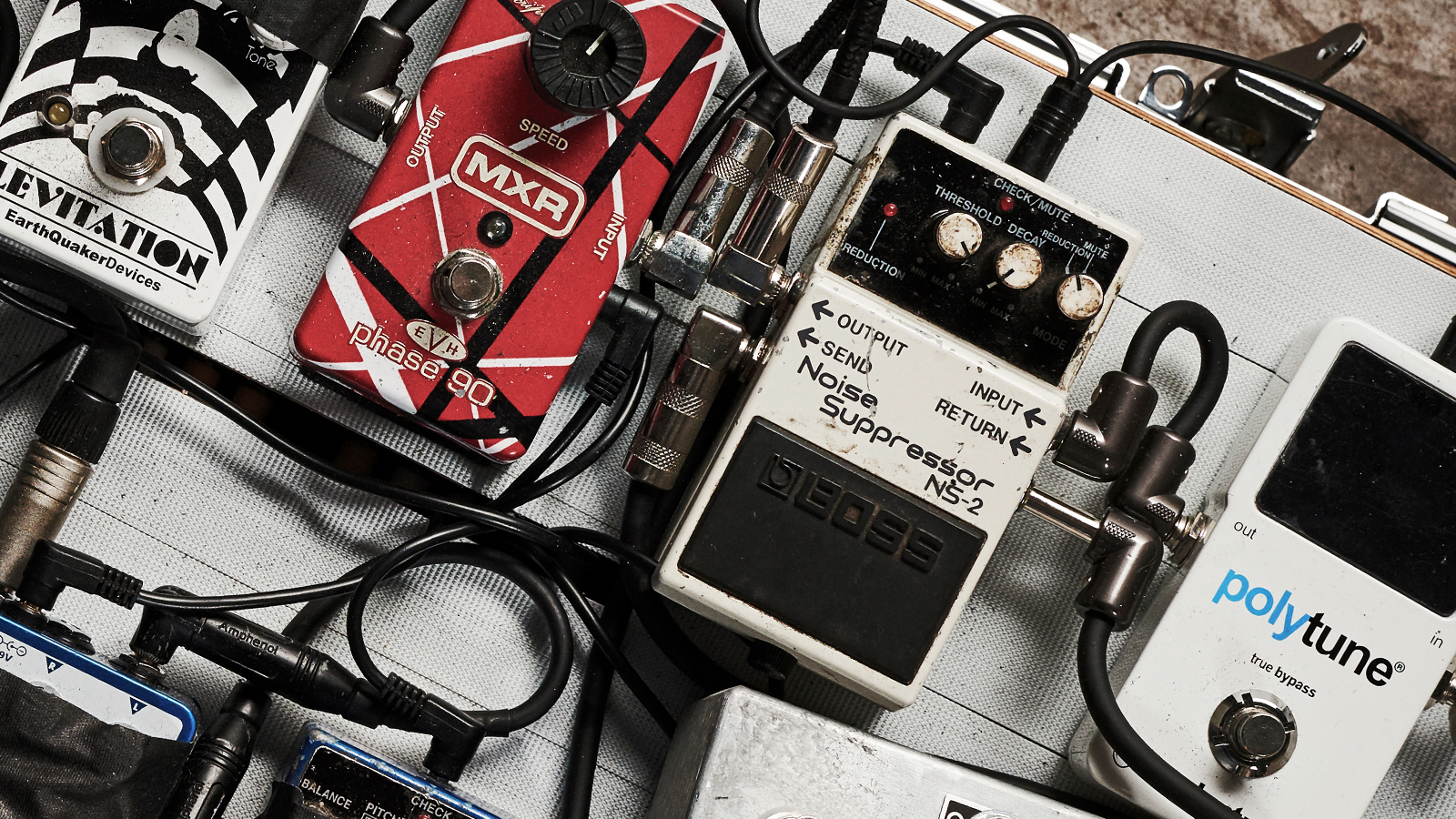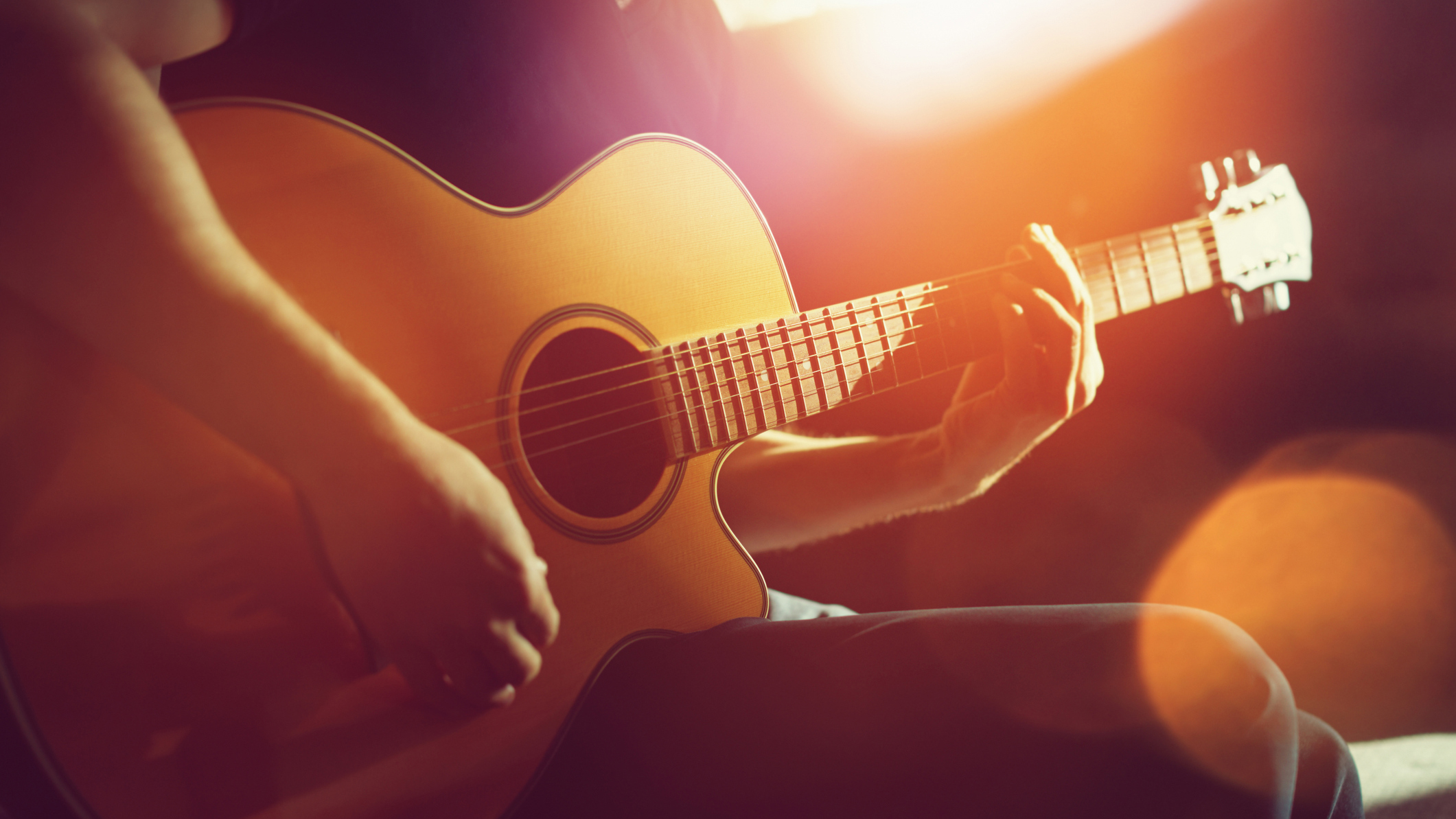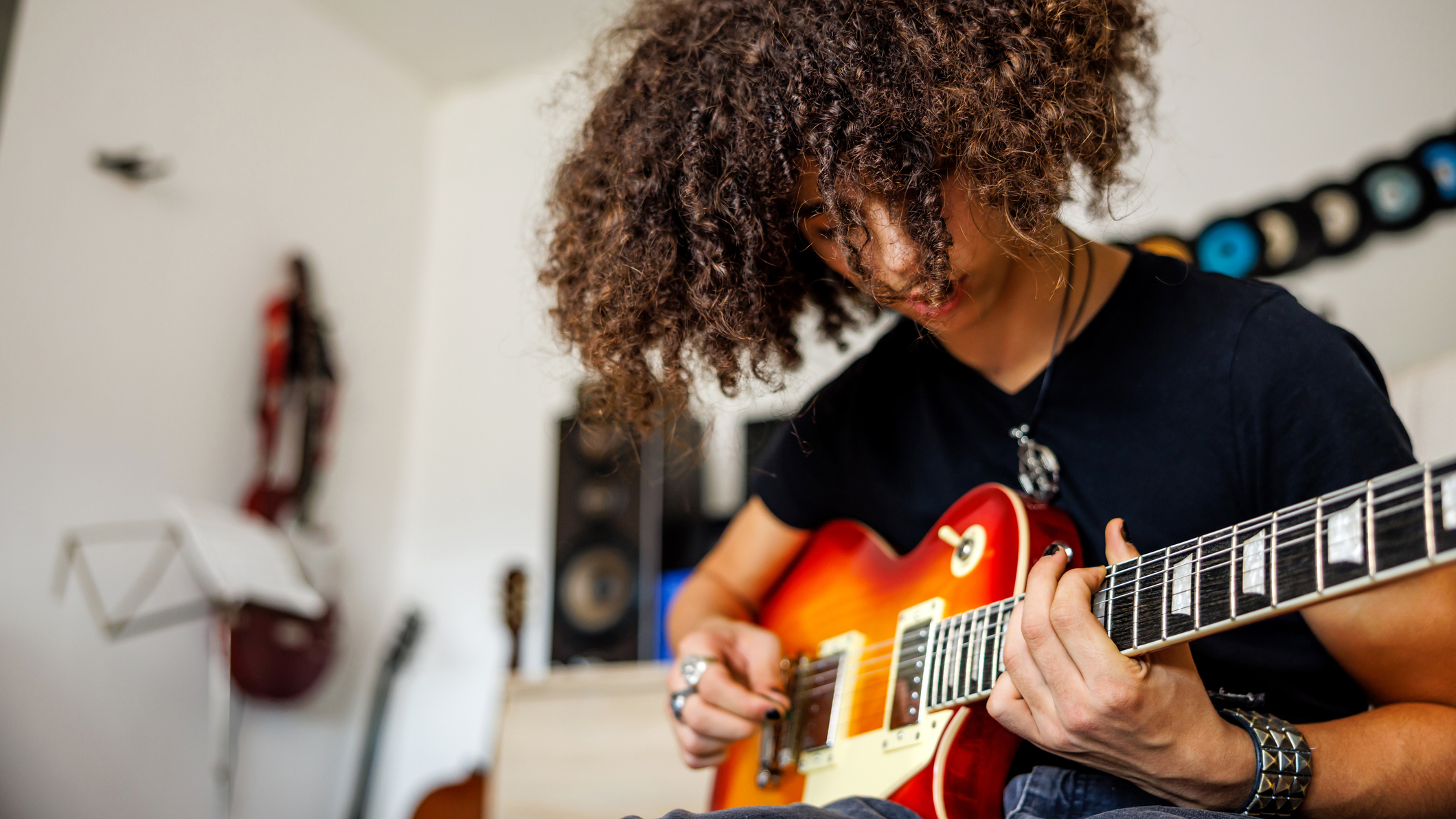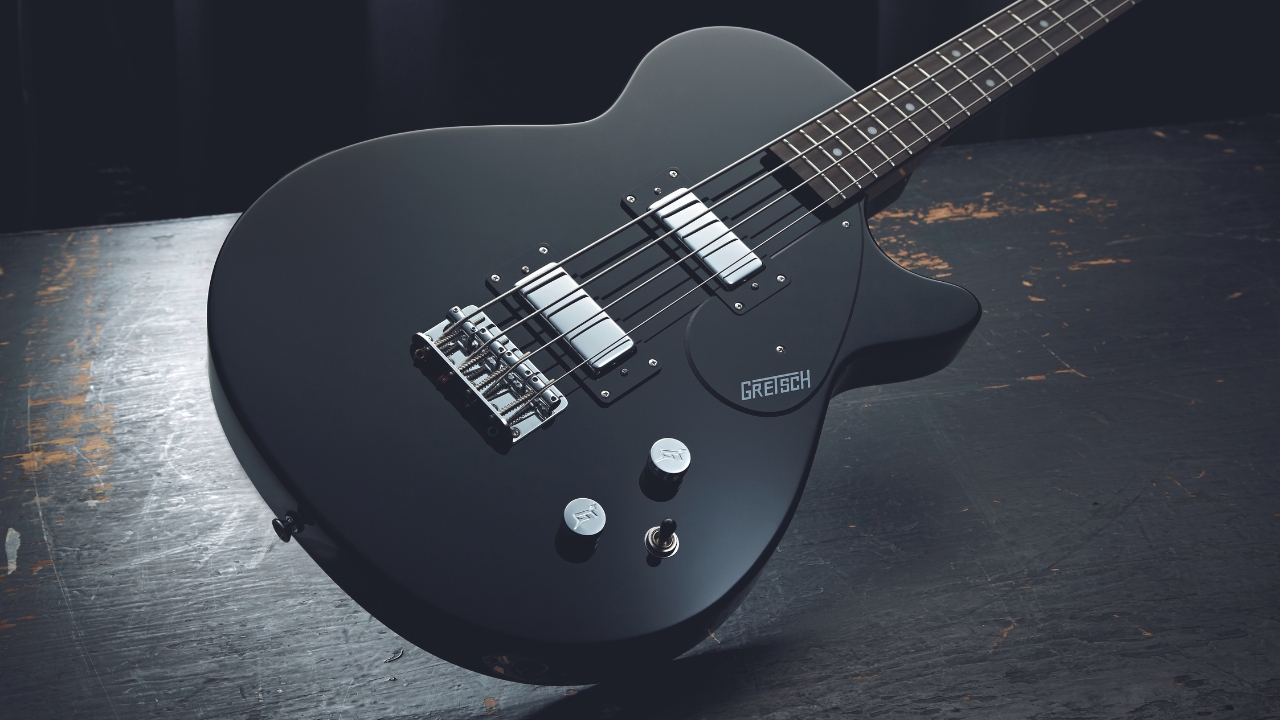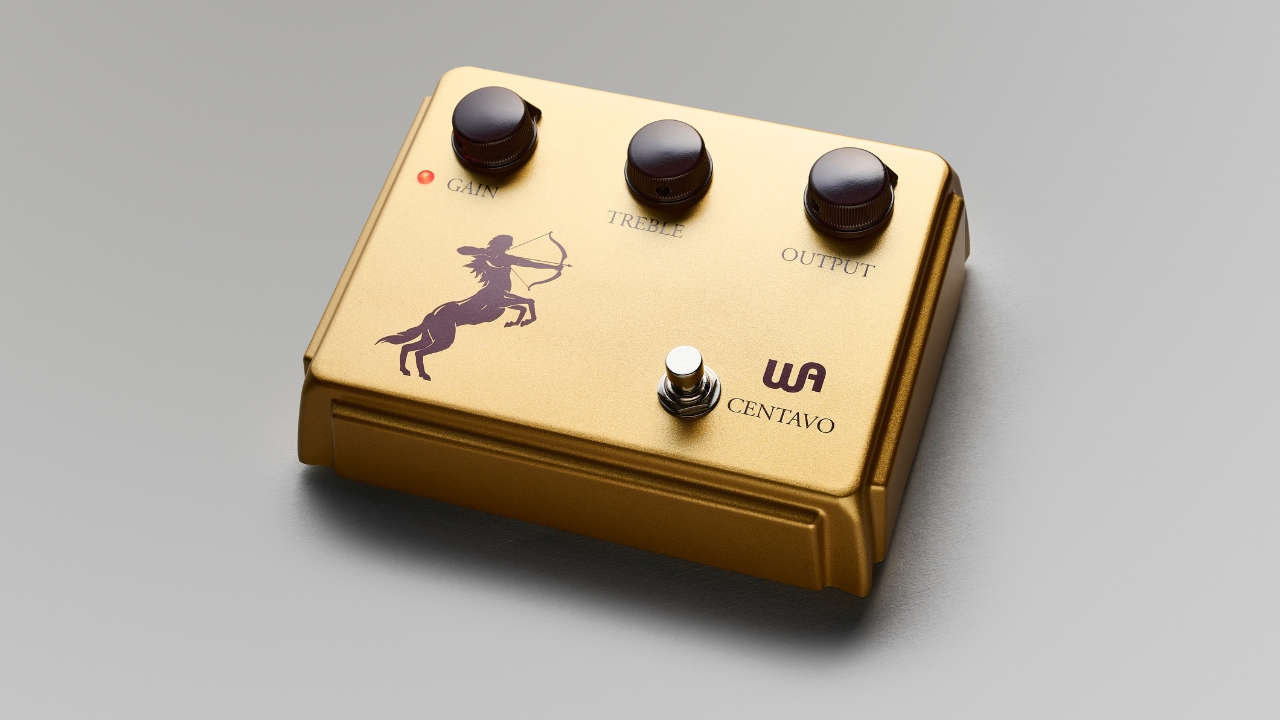Best acoustic guitar amps 2025: top acoustic amplifiers and preamp pedals
Boost and sweeten your instrument’s tone with the best acoustic guitar amps from likes of Boss, Fishman, AER, Orange and more
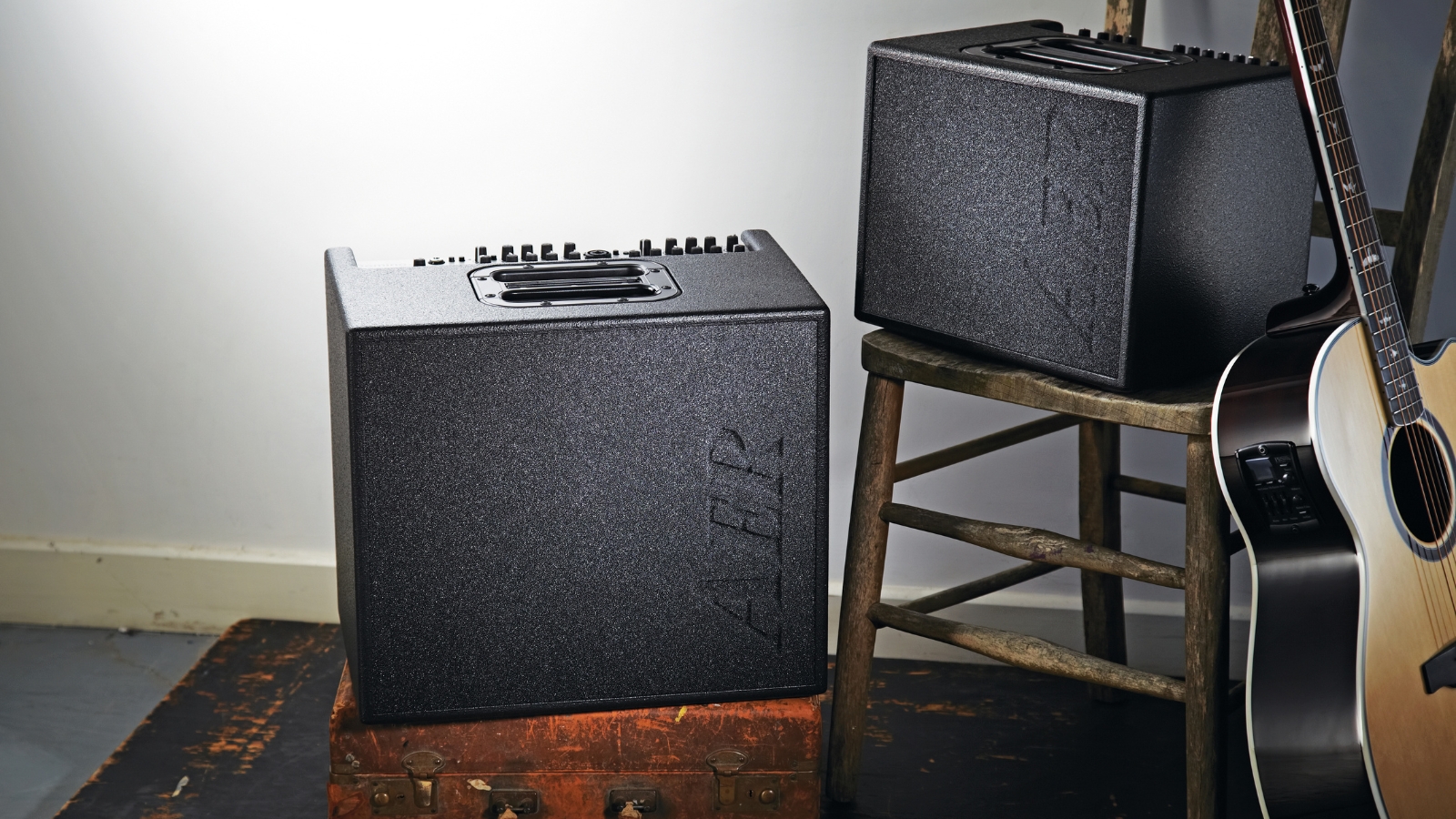
Your acoustic guitar alone could well be enough for playing at home, or writing songs with friends. However, if you’re looking to play live in anything other than a very intimate setting, then you’d benefit considerably from one of the best acoustic guitar amps in this guide.
Unlike electric amps, acoustic amps have been specifically voiced to bring out the best in your acoustic electric guitar. If you want your pickup to shine, then you can dial in a flat response, adding very little color to your tone – simply amplifying it. However, should you want to add or take away certain frequencies then most models allow for that, too.
You might also want an acoustic amplifier for busking. Some run on batteries, allowing you to take your performance to the street. You’ll also find some that have an additional input for either another guitar, or a microphone – these can be a street performer’s best friend.
Whether you’re playing big gigs and need a lot of power, or you just want to give your instrument and voice a gentle lift in volume, we’ve hand-picked the best acoustic guitar amps available today.
The quick list
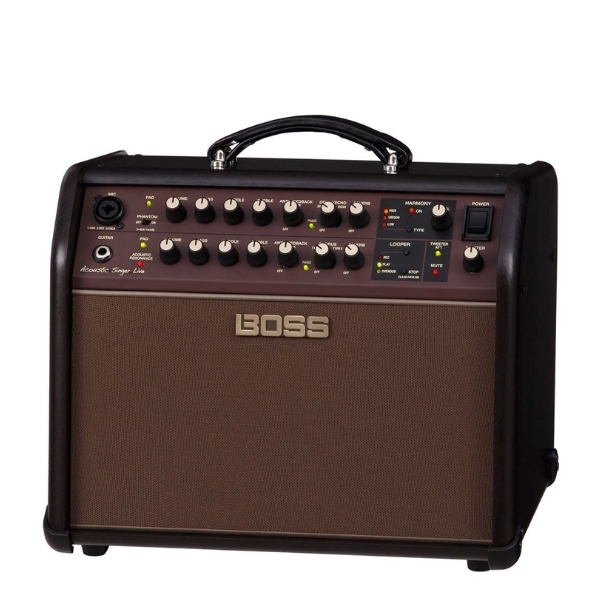
With a channel each for acoustic guitar and vocals, the Boss Acoustic Singer Live is a feature-packed amp that gives you a looper, harmony function, and plenty of connectivity.
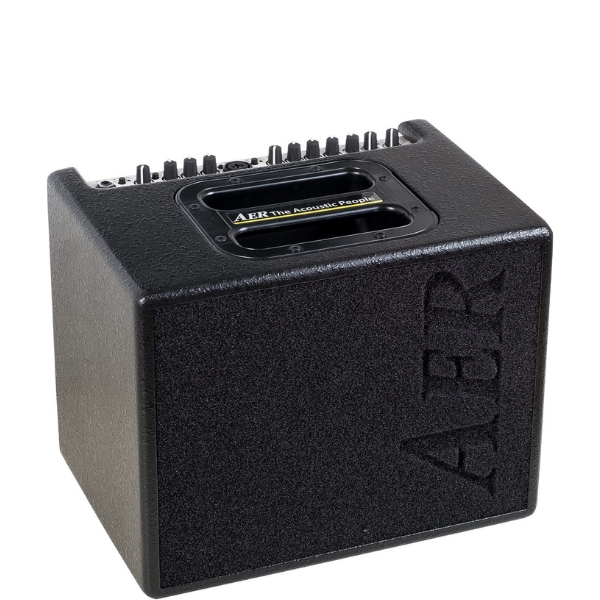
If you're looking for a premium option that will give your acoustic the best sound possible, the German-made AER Compact 60 will deliver a pure, unadulterated tone.
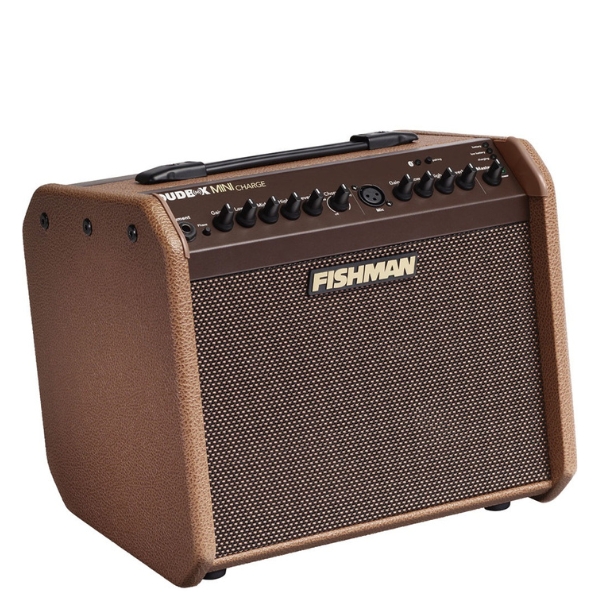
If you're wanting to busk with your acoustic guitar, then the Fishman Loudbox Mini Charge is your perfect accompaniment. Battery-powered, it's also got a separate channel for vocals.
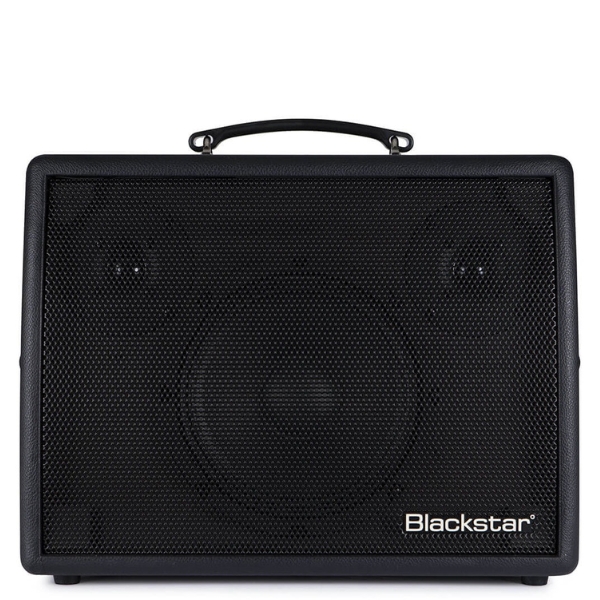
If you're after pure power that will negate the need for a PA system, the Blackstar Sonnet 120 is packing 120 watts and a huge range of features, so you're always ready to rock.
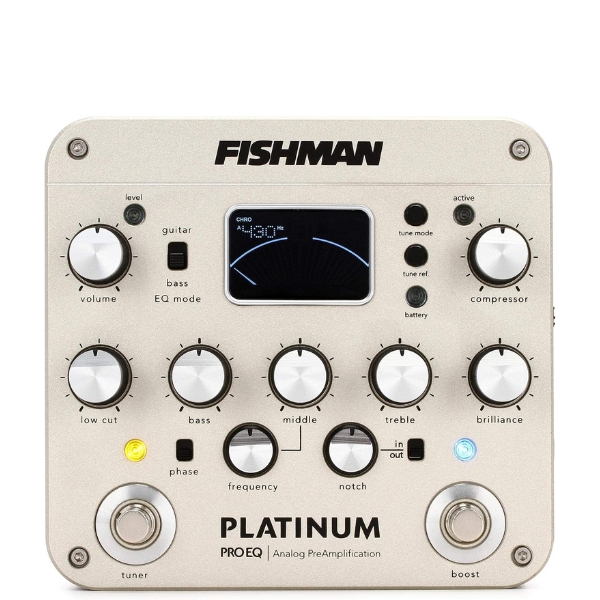
If you'd rather not lug an amplifier around with you, the Fishman Platinum Pro EQ allows you to plug straight into the PA whilst maintaining full control of your tone.
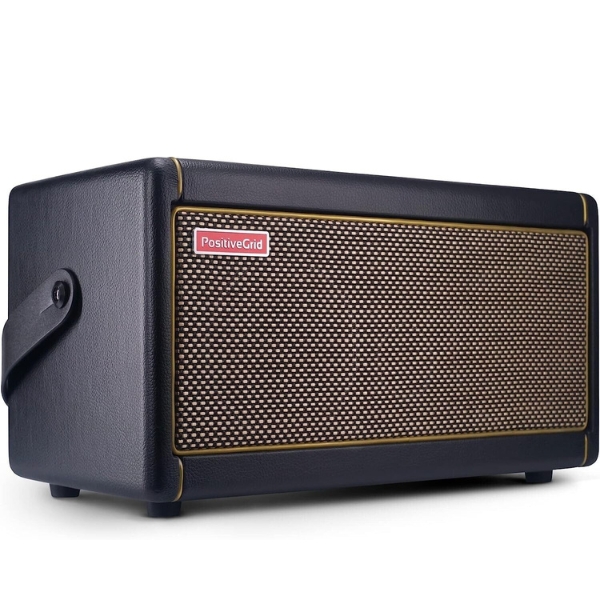
For players who just like to strum in the comfort of their own home, the Positive Grid Spark 40 offers a huge range of tools and tones that will suit acoustic guitar players.
Best overall
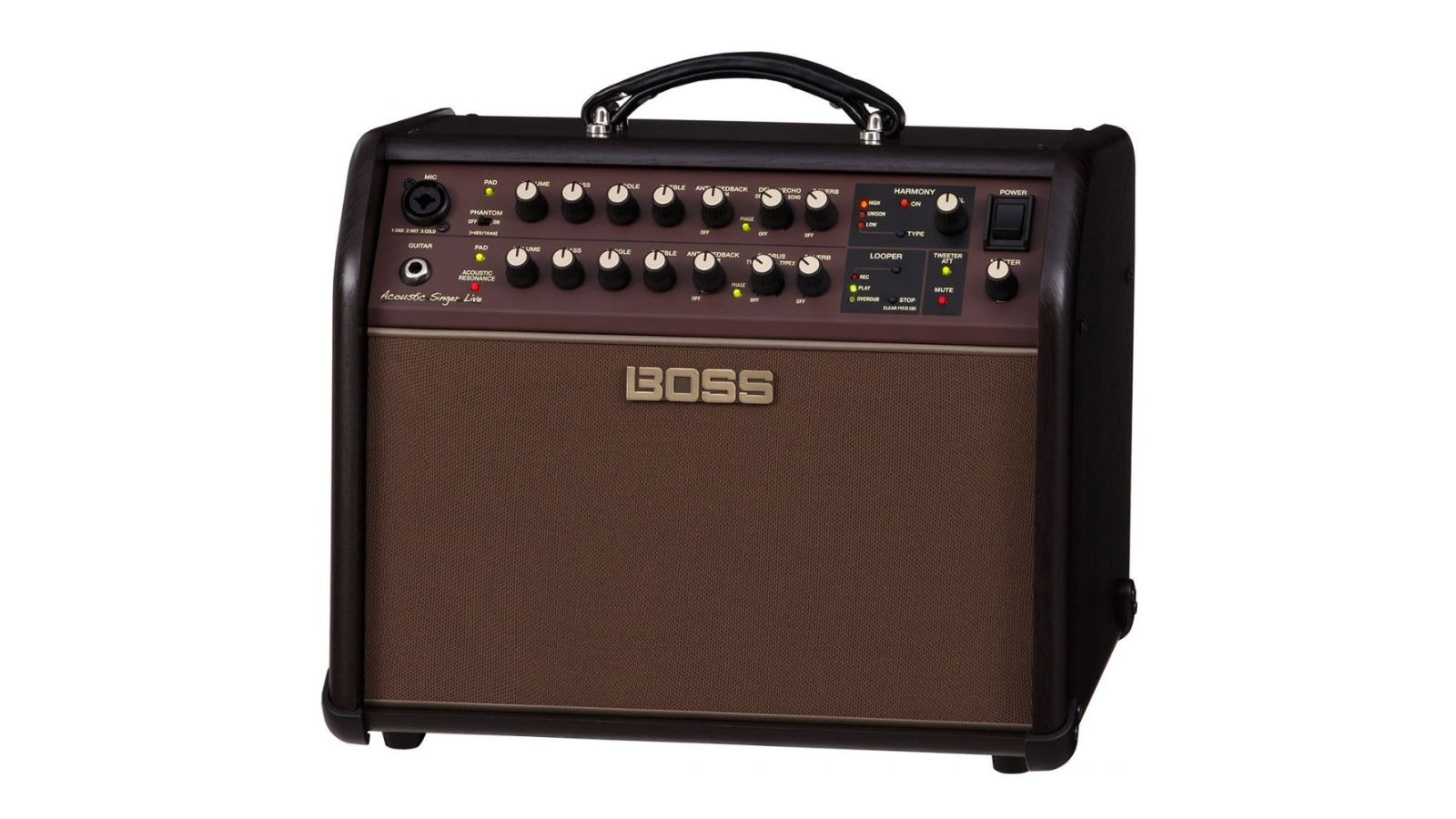
1. Boss Acoustic Singer Live 60
Our expert review:
Specifications
Reasons to buy
Reasons to avoid
Boss really went to town with this one; 60-watts and two-channels to provide the foundations for live flexibility, but where the Acoustic Singer Live really shines for us is with its sound performance and added features. And that’s down to some classic Boss innovation with the Acoustic Resonance feature that really does work in giving piezo pickups more of an ‘acoustic’ and high-fidelity sound. But there’s much more going on here for players and singers…
In addition to an onboard looper, there’s a Harmony function for the vocal channel that uses similar tech found in Boss’s VE-8 pedal. It creates vocal harmonies in either double or unison modes via real-time tracking of chords in the guitar input. It actually works without sounding like a gimmick and is great for solo performers looking for added dimensions in their performances.
We especially like the separate DI outputs for the vocal and guitar to send wet or dry signals for when you need to go to front of house. Boss has also included support for phantom power to make this a very well-considered option for function artists. And if you need even more headroom there’s the 120-watt Acoustic Singer Pro option too.
Best premium option
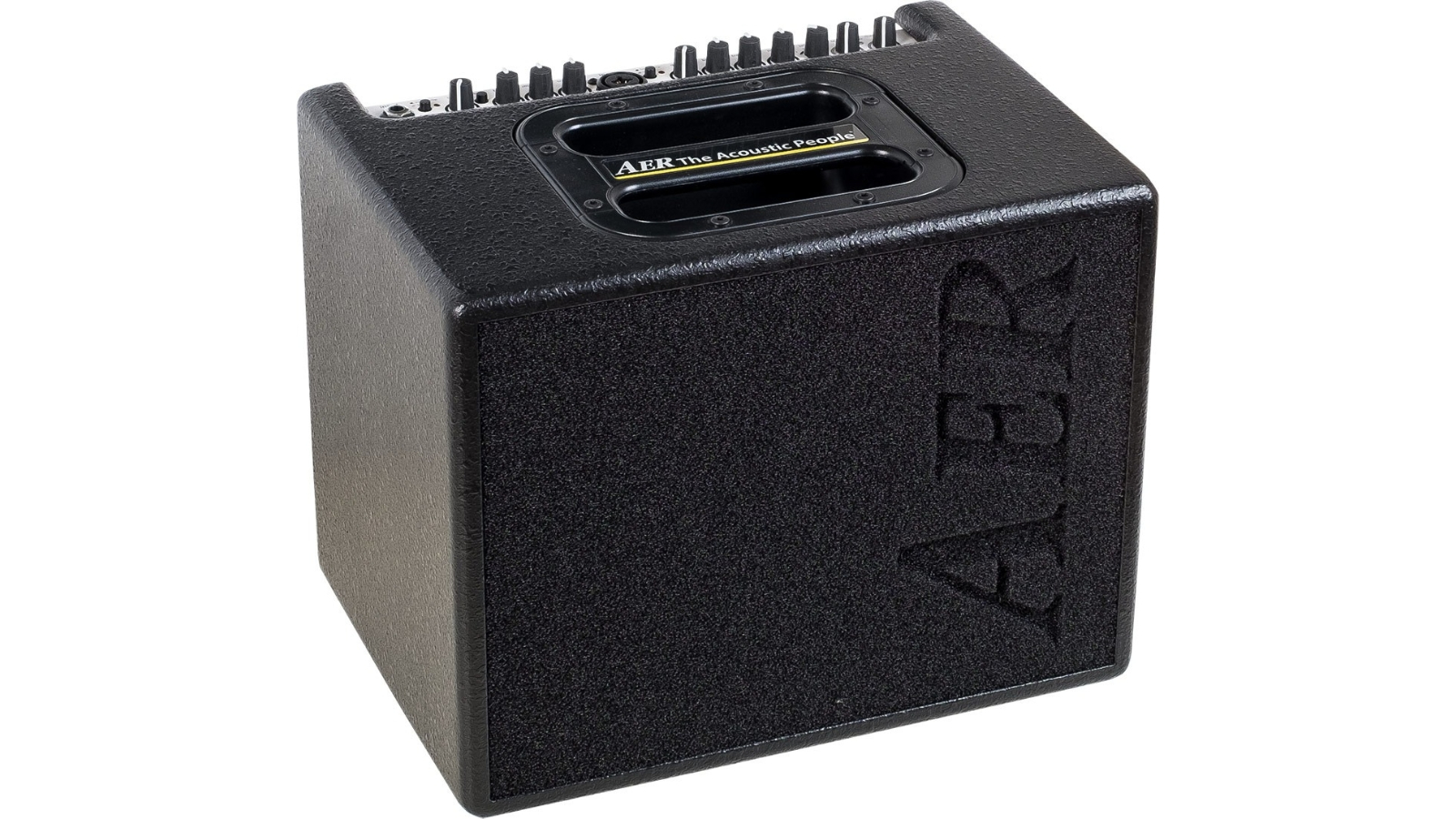
2. AER Compact 60 MkIV
Our expert review:
Specifications
Reasons to buy
Reasons to avoid
This German brand is the go-to for one of the greatest acoustic players of all-time; Tommy Emmanuel. Jerry Douglas and Carl Verheyen are Compact 60 users too. The quality of performance here for the rest of us to enjoy is undeniable. It’s a pro’s choice in terms of build quality and our experience gigging with this amp as part of a four-piece in bars proved it’s a joy for all levels of player with high headroom with sublime clarity.
The Colour switch for a mid-cut and treble boost proves very useful as a quick alternative EQ mode that may be preferred for mellowing some mid-forward guitars. The Compact 60’s flexibility is also boosted by the ability to mount it on a stand for clearer monitoring.
The second channel offers a 2-band EQ and reverb for vocals, while the first offers 3-band and excellent onboard footswitchable reverb, chorus and delay if you don’t want to bring pedals into the equation. A real workhorse acoustic amp for the regular gigger.
Best for busking
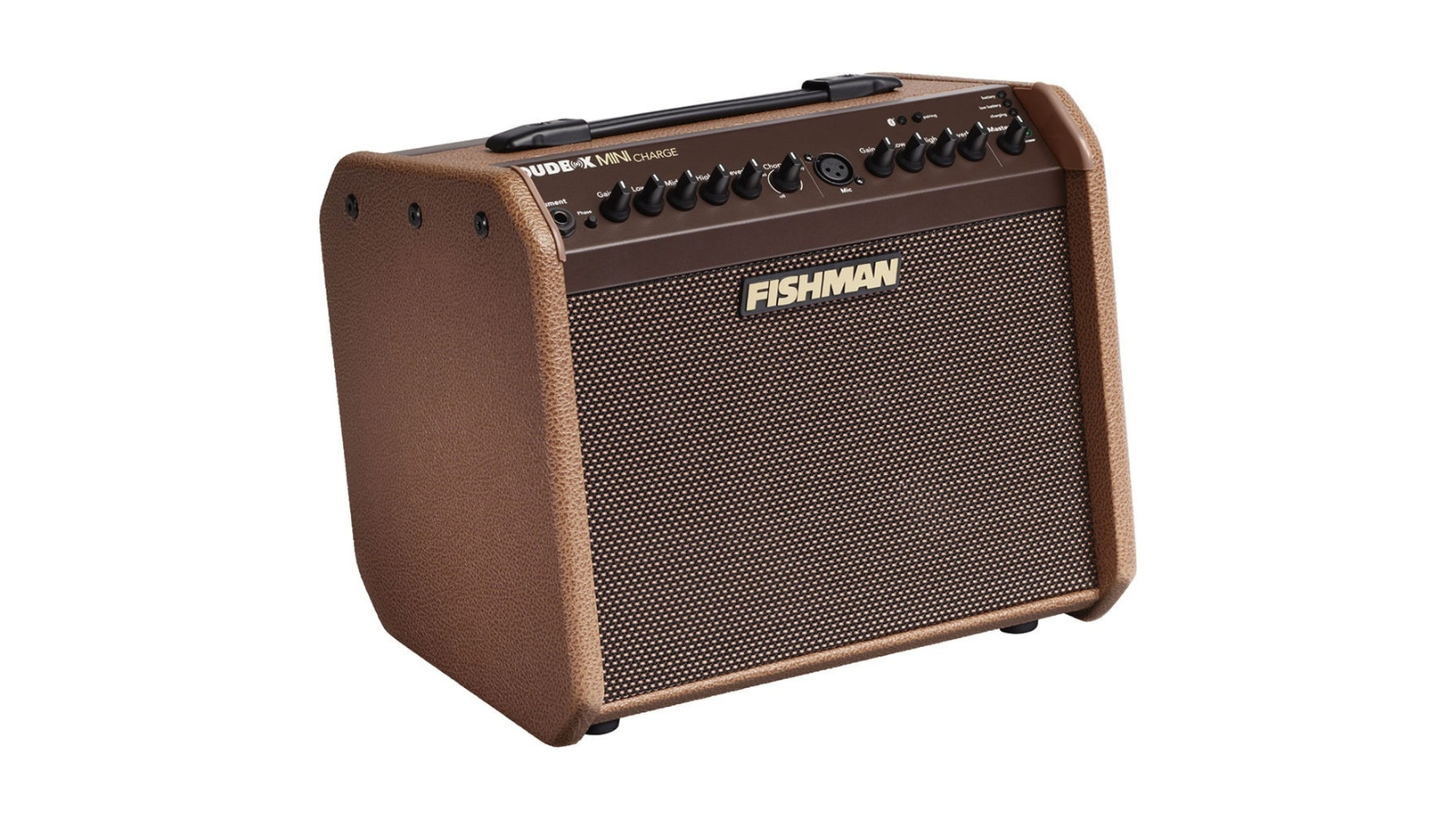
3. Fishman Loudbox Mini Charge
Our expert review:
Specifications
Reasons to buy
Reasons to avoid
Fishman’s Loudbox amp range has been relied on by performers for years and this one is aimed squarely at those that need the flexibility of playing away from a mains supply. While a lot of the competition may offer disposable battery power, it’s not sustainable and it adds significant cost over a product’s lifetime. Here we have a rechargeable internal battery on this 60-watt combo that will give you four hours on average at maximum volume and around 12 hours with volume at around half.
The onboard reverb and chorus are most welcome, and combined with a three-band EQ and compact dimensions it’s an ideal option for buskers – or anyone who wants the flexibility to play through an acoustic amp anywhere. The 10-degree tilt should not be overlooked here, indeed we think the angled cab approach to design is a valuable feature for any guitar amp, because you need to hear it with your ears and not the backs of your legs.
For singers, the second channel here offers a two-band EQ with its own independent reverb, and the Bluetooth connectivity is a welcome feature for those performers who are playing to a rhythm or full backing track – wired auxiliary-in is also available.
Best for gigging
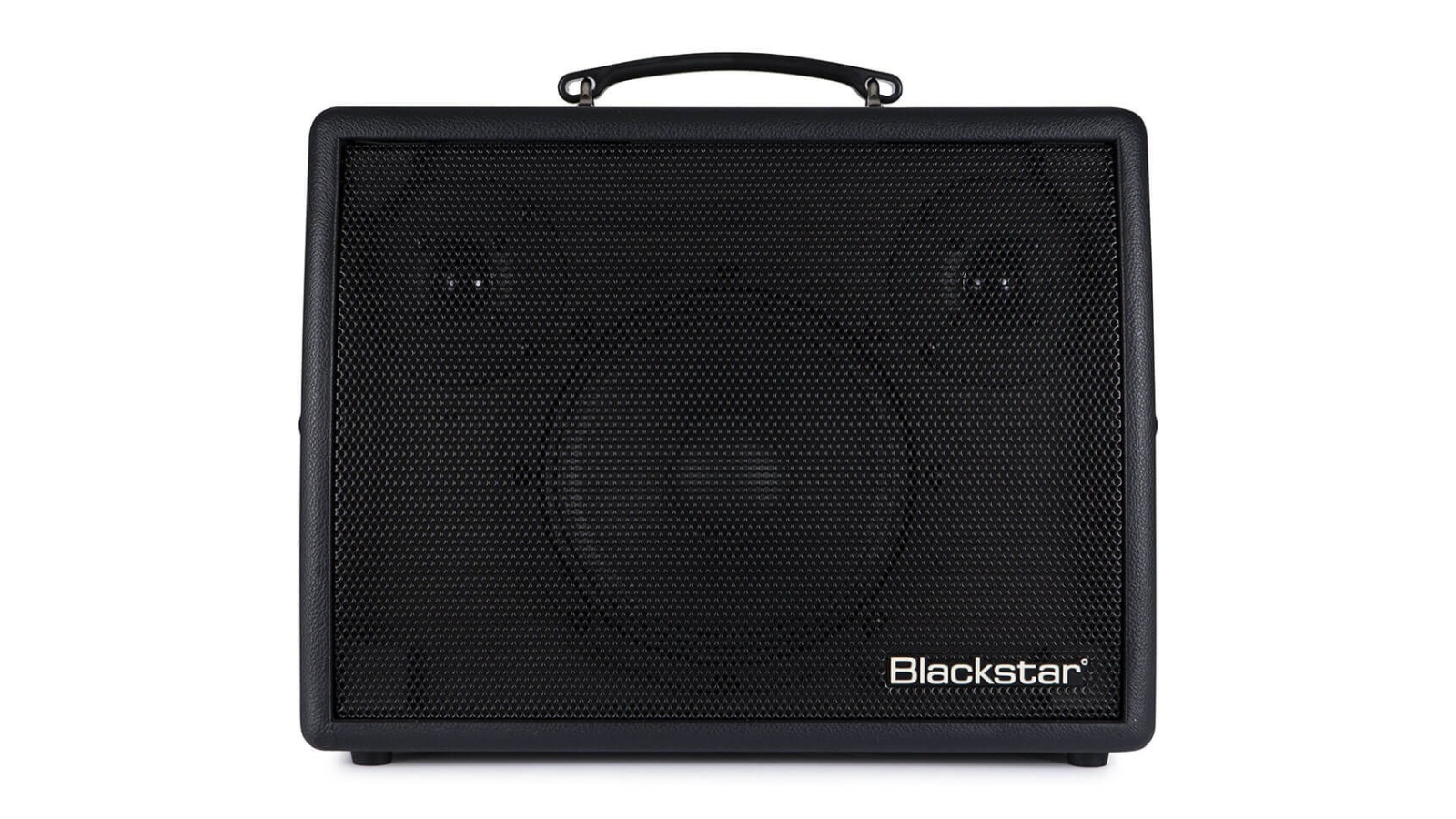
4. Blackstar Sonnet 120
Our expert review:
Specifications
Reasons to buy
Reasons to avoid
A proven force in the electric guitar amp world, Blackstar’s move into acoustic was carefully considered and the British company brought virtuoso Jon Gomm into the design process. The result is a 120-watt amp with an impressive range of features for any gigging acoustic player, and a performance to match.
Gomm’s influence is reflected in the Sonnet’s extended sub response that’s ideal for the low-end needs of percussive styles using body-sensor pickups. For the piezo players there are High Pass Filter (HPF) and Brilliance controls to dial in your high end, that’s detailed without becoming harsh.
Reverb is an essential effect for acoustic to add ambience and the Sonnet is a treat with four different types, and separate levels for each of its two channels. Phantom power also means condenser mic input is welcome here. A tilt stand also allows the Sonnet to be heard more clearly as an onstage monitor with your mix being sent to the sound desk via XLR, rounding out an excellent gigging acoustic combo amp.
Best acoustic pedal amp
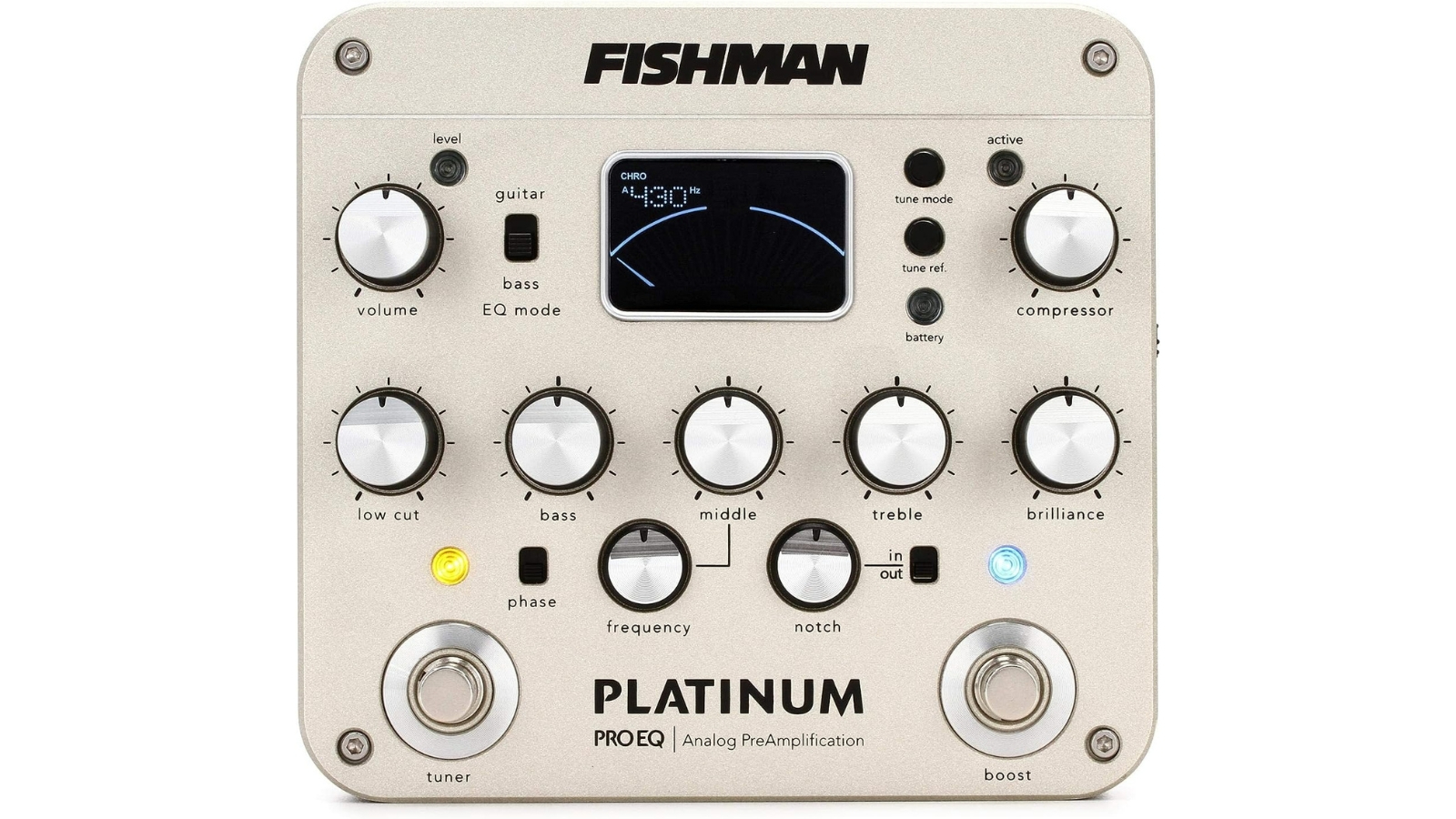
5. Fishman Platinum Pro EQ/DI Preamp
Our expert review:
Specifications
Reasons to buy
Reasons to avoid
Another great name in acoustic analog preamps follows up its pro-grade Spectrum Aura pedal but loses the acoustic imaging feature that was beneficial in giving piezo pickups more of a mic’d character. Nevertheless, there are plenty of very useful features on offer here to shape your tone going into a PA or your own FRFR cab for live performance – including an onboard one-knob soft-knee compressor, chromatic tuner, sweepable notch filter, five-band EQ and switchable EQ modes for guitar and bass.
A discrete Class-A preamp offers high fidelity and headroom here, with an onboard boost for when you need more. That compressor is a big plus here, offering subtle softening of dynamic peaks to mellow out harder strumming and reduce the risk of ear fatigue for your audience!
The two-control mid section of the EQ allows players to hone in on a frequency range and boost or cut it to taste – vital for making sure your guitar is vibrant in the mix, while the Brilliance knob can help reduce finger noise and buzz. An impressive package, and choosing between this and the Baggs (below) may come down to how important onboard compression is for you.
Best for home
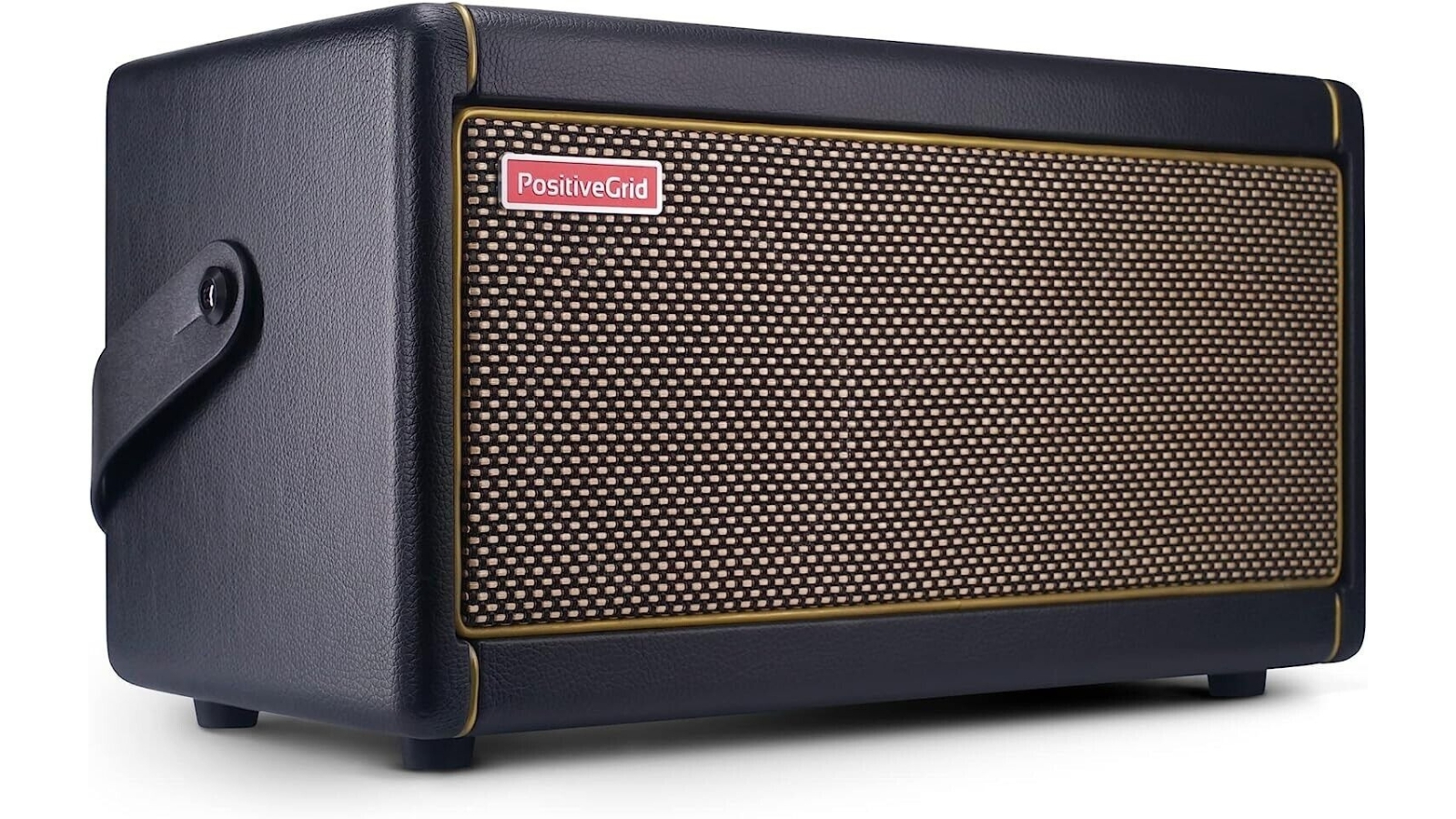
Specifications
Reasons to buy
Reasons to avoid
If you’re looking for a do-it-all modeling amp for acoustic, electric, and bass needs that you can learn and gig with, the Spark 40 is in a class of its own. Of the 33 available amp models, four are dedicated to acoustic guitar with over 40 different effects on tap including multiple reverbs and delays. There’s a lot of inspiration here and the Positive Grid’s BIAS modeling engine consistently impresses.
The tones are only part of the package; streaming Bluetooth audio to the Spark is a breeze, and the Spark app allows you to download a host of Tonecloud sounds from other users, transcribe the chords for any song you can find on YouTube, and jam with backing tracks.
Spark 40 is currently the biggest model in the three-amp Spark lineup alongside the 10-watt Spark Mini and pocket-sized Spark Go and offers the most hardware controls over gain, reverb, and delays. There are also four onboard presets to save your favorite tones.
Read the full Positive Grid Spark 40 review
More options...
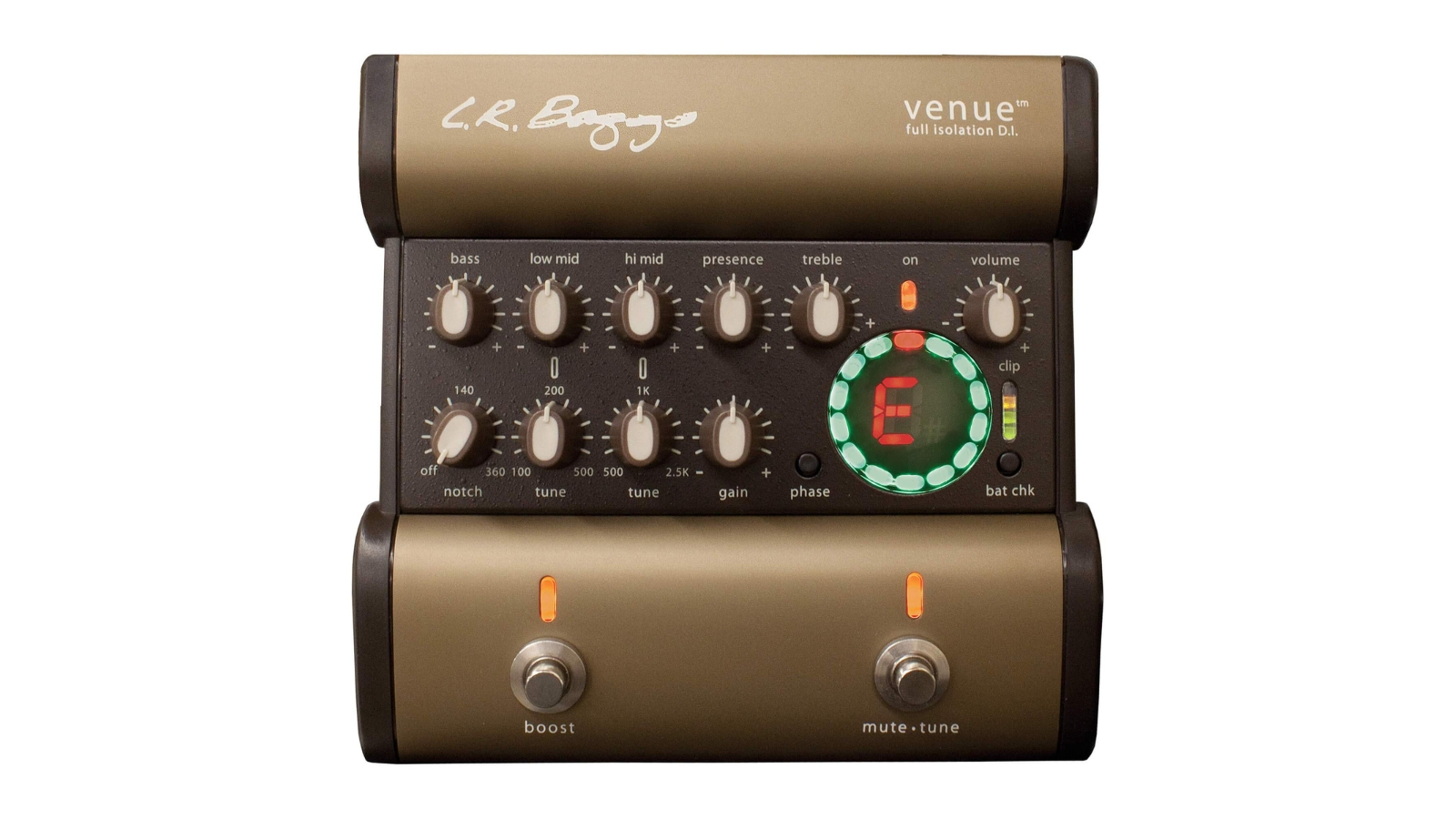
7. LR Baggs Venue DI
Our expert review:
Specifications
Reasons to buy
Reasons to avoid
LR Baggs is a formidable name in acoustic guitar pickup systems, but it’s also long been a trusted brand for DI and floor-based preamps for pros with its Para DI. And this is its best pedal for live players yet because it includes everything you’ll need to play through a PA while shaping and enhancing your tone.
A five-band EQ gives you more detailed editing than even most amps; the low and high-mid controls are especially important in dialing in a sympathetic tone for your piezo without getting too muddy or brash. Onboard phase inversion and a Garret Null notch filter help tackle feedback fast, and we especially like the footswitchable volume boost (up to 9dB) for extra clout in band scenarios.
But there’s more! An onboard tuner means one less pedal to take, and the Venue’s series FX loop means you can get optimum clarity from your reverb and delay effects. Its audio transformer-coupled output offers complete isolation to eliminate ground loop noise – it’s reassuringly quiet in use as a result – and players can run the ¼ inch output simultaneously via an XLR output to PA if they want to bring their own active speaker monitor to shows.

8. Line 6 HX Stomp
Our expert review:
Specifications
Reasons to buy
Reasons to avoid
Why should electric guitar players have all the fun? The Helix Stomp is one of the best value multi-effects and amp modelers around for features and superb tones – it continues to be well-supported with excellent firmware updates too. Its flexibility means it can be used as an excellent acoustic preamp and IR loader, as well as for electric guitars; so if you use both in your live sets, say hello to your new portable best friend.
The 23 onboard reverb algorithms offer some lush ambient sounds to give your acoustic tone wider horizons, and the onboard LA Studio compressor can smooth out your extremes. The Studio Tube Pre and Songwriter patch are great options to start with and fine-tune, with the Mic Preamp also a great addition to your chain for warmth, and then it’s just a matter of pairing with the cab IR model or EQ chain of your choice on the Helix before going out to a PA. But if you’re into using effects with your acoustic, the range and quality here is huge for experimentation and inspiration.
Another great thing about the Helix for gigging players are the presets and Snapshots it offers. The latter can allow you to have different variations in levels and effects combinations with your core signal chain that you can bring in for the verse of a song, then switch to another for the chorus.
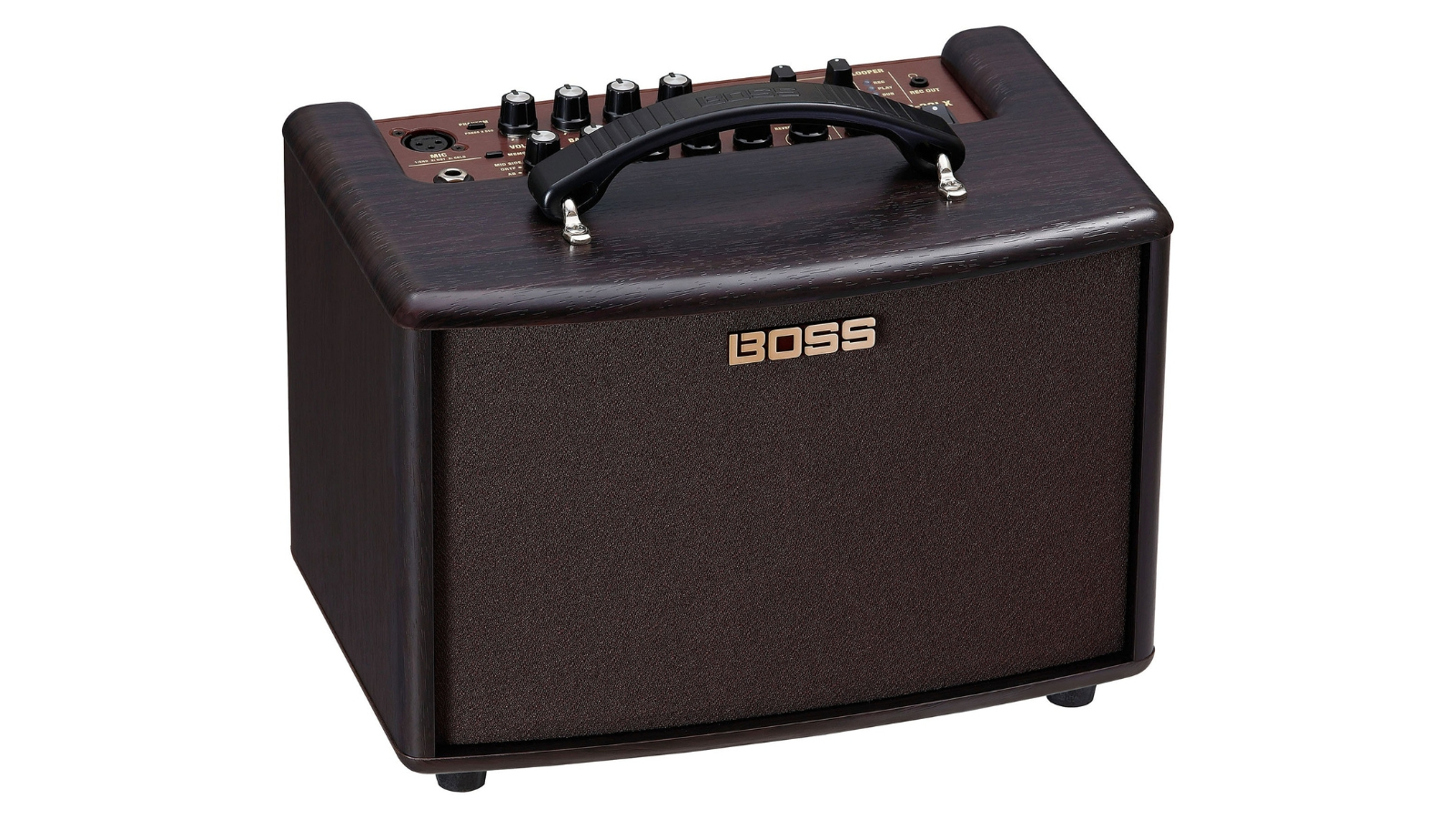
9. Boss AC-22LX
Our expert review:
Specifications
Reasons to buy
Reasons to avoid
A new 2023 model from Boss, the 10-watt, two-channel stereo AC-22LX can be powered by mains or 8 x AA batteries. The ace up its sleeve is a five-voice Air Feel mode; one dry and four based on emulating different mic’d recording set-ups to breathe more acoustic authenticity into piezo systems especially. It works well too, offering distinct options alongside reverb and chorus effects with a straightforward three-band EQ.
Players can take advantage of the onboard looper and beats with a footswitch (sold separately) and there’s a separate channel with phantom power, two-band EQ and independent reverb for mics.
We really like the wood-look of the casing of this amp and it performed very well with our Sigma dreadnought featuring the fairly budget Fishman Sonitone piezo system. The 10-watts means it’s good for intimate solo performance, but utilizing the output to a PA means the combo itself won’t be loud enough to act as a monitor in a band situation.
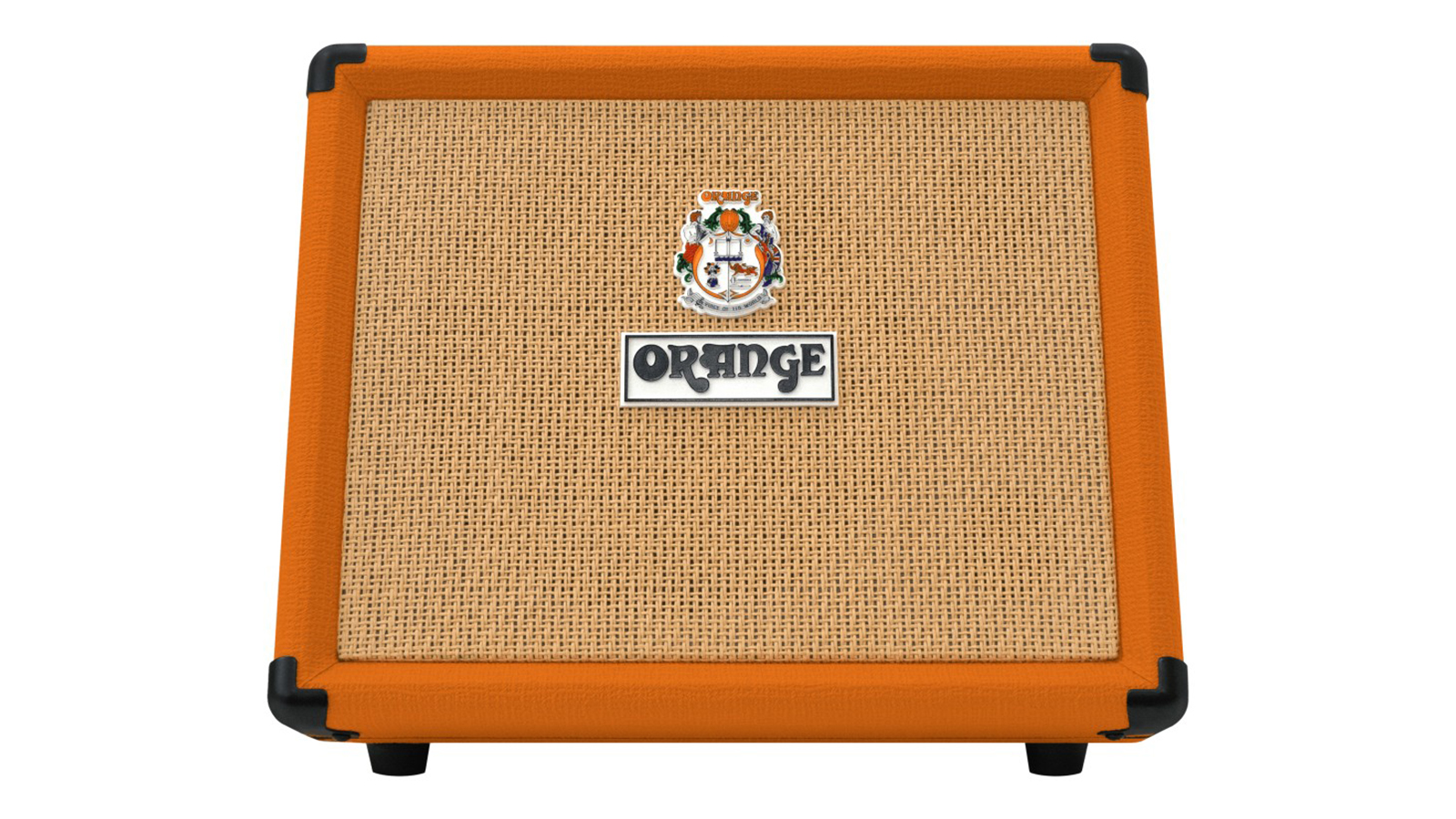
10. Orange Crush Acoustic 30
Our expert review:
Specifications
Reasons to buy
Reasons to avoid
Here we’ve got a 30W acoustic amp with dual inputs that can run on either batteries or mains power. If you’re seeking a portable option for a variety of different scenarios, then the Orange Acoustic 30 has you covered.
There’s a channel dedicated to acoustic guitar featuring a three-band EQ and a color switch which can help liven up piezo pickups by boosting some top-end, and cutting the mids slightly. There’s then a combi XLR/jack input allowing you to plug in either a microphone or another guitar along with a mic/line switch. The Acoustic 30 can even provide phantom power to your favourite condenser mic too.
What we found makes this a particularly good choice is the ability to dial in chorus or reverb to both channels, and the feedback notch knob which allows you to locate the frequency of any problematic feedback and eliminate it.
Buying advice
Do I need an acoustic guitar amp, or can I use an electric amp?
You can plug an acoustic electric guitar into an electric guitar amp and get a sound, however they’re not designed for that purpose. You’ll probably find that an electric amp will add things to your sound that don’t quite work for an acoustic – certain frequencies, gain etc. In some ways, acoustic amps aren’t too dissimilar to a PA system in that they’re designed to amplify a signal, without adding too much color to it.
Acoustic amps quite often will feature an additional smaller speaker called a tweeter too – this helps deliver clear and defined higher frequencies so you get a nice, balanced sound, full of richness and clarity.
What kind of pickups do acoustic guitars use?
To use any of these options you’ll need an acoustic guitar equipped with a pickup of some kind from which to output a signal. The most frequently used type is a piezo-type pickup, located under the guitar’s bridge to capture the string vibrations. These are often paired with an active preamp on the guitar itself to control overall level and EQ, though there are passive piezo examples that offer a pickup only. Other pickup options include magnetic pickups that are positioned in the acoustic guitar’s soundhole and work like an electric guitar pickup, internally placed transducer body sensor pickups that detect guitar top vibrations, and internal mics that are often blended with a piezo pickup signal.
What size amp do I need for an acoustic guitar?
We’ve widened our curated list to include pedal-based solutions for those players that need to travel light and are happy to plug into a venue’s PA or invest in their own FRFR active speaker. These are flat-rate, full-response cabs that are ideal for use with electro-acoustic guitars and multi-effects pedals with amp modeling, but require the preamp stage that our pedal-based choices will provide players. Most good quality acoustic amps and pedals now offer a DI out for players to send their signal to the front of house to go through a PA system if they choose. This allows your wet/dry signal to be heard in your stage monitors and also provides more headroom if the amp alone isn’t loud enough in a larger venue.
Why would I need multiple inputs?
You’ll find that many of the best acoustic guitar amps feature more than one input – often, it’s a combination of a jack input and an XLR. The jack is for your guitar, and whilst you might have the option of plugging in a second guitar, an XLR input means you can plug in a microphone.
Acoustic amps cater a lot for singer-songwriters and street performers, so having those two inputs means that all of your amplification needs are taken care of. Your guitar and vocals will be heard when they need to be.
Do you need battery power?
If you are thinking of taking your new amp out onto the streets for outdoor performances, then you’ll need something that’s battery-powered. Some you’ll need to charge up, and others will take regular batteries (usually quite a few, so the cost of these is an additional consideration here).
If you know that’s not something you’ll need, then just make sure it’s got some sort of mains power option – most do. If you’re playing gigs at venues, then you can run your acoustic amp at higher volumes for the audience to hear, or you can run it more as a stage monitor and then send a feed to front of house.
Preamp pedal or speaker?
You can trust Guitar Player.
If you know that you’ll always be performing in venues where there’s a trustworthy PA system, or you’ve got your own, then you might want to consider an acoustic preamp pedal instead. These give you all of the tonal flexibility associated with an acoustic guitar amp, but without the speaker part. They’re a lot more portable – you can usually fit them in your bag or even a guitar case and it means that you can get a consistent tone regardless of where you’re playing.
How we choose the best acoustic guitar amps
At Guitar Player, our team of writers aren't just music enthusiasts; we're real-life musicians. Our hands-on experience with acoustic guitar amps ensures that our reviews and recommendations are backed by practical knowledge and real-world testing.
When it comes to selecting the best acoustic guitar amps, we leave no stone unturned. Meticulously evaluating factors like tonal versatility, sonic character, build quality, and value for money, it's only after rigorous testing in a variety of playing scenarios do we choose products for our guides. We stand by our selections, ensuring that every amp we recommend is one we'd use ourselves.
Whether you're a budding guitarist or a seasoned pro, we've got you covered with a diverse range of acoustic amps. From portable pedal amps to full-on gigging rigs, our selections cater to every budget and playing style. Rest assured, whether you're performing on stage, performing in the street, or just playing at home, any of these acoustic amps will deliver excellent tone and reliability.
Get The Pick Newsletter
All the latest guitar news, interviews, lessons, reviews, deals and more, direct to your inbox!
Rob is the Guitars Editor for MusicRadar, handling news, reviews, features, tuition, advice for the strings side of the site and everything in between. Before that he worked on guitar magazines for 15 years, including Editor of Total Guitar, and is a regular contributor to Guitar Player and Guitar World.
- Matt McCrackenJunior Deals Writer
A gigantic $360 off Positive Grid's celebrated BIAS amp sim software may have just put the nail in the coffin of my beloved valve combo
"Let’s take acoustic-electric amplification to its ultimate realization." How to make an acoustic amp shimmer like a vintage Fender, smolder like a Dumble or scream like a Marshall
